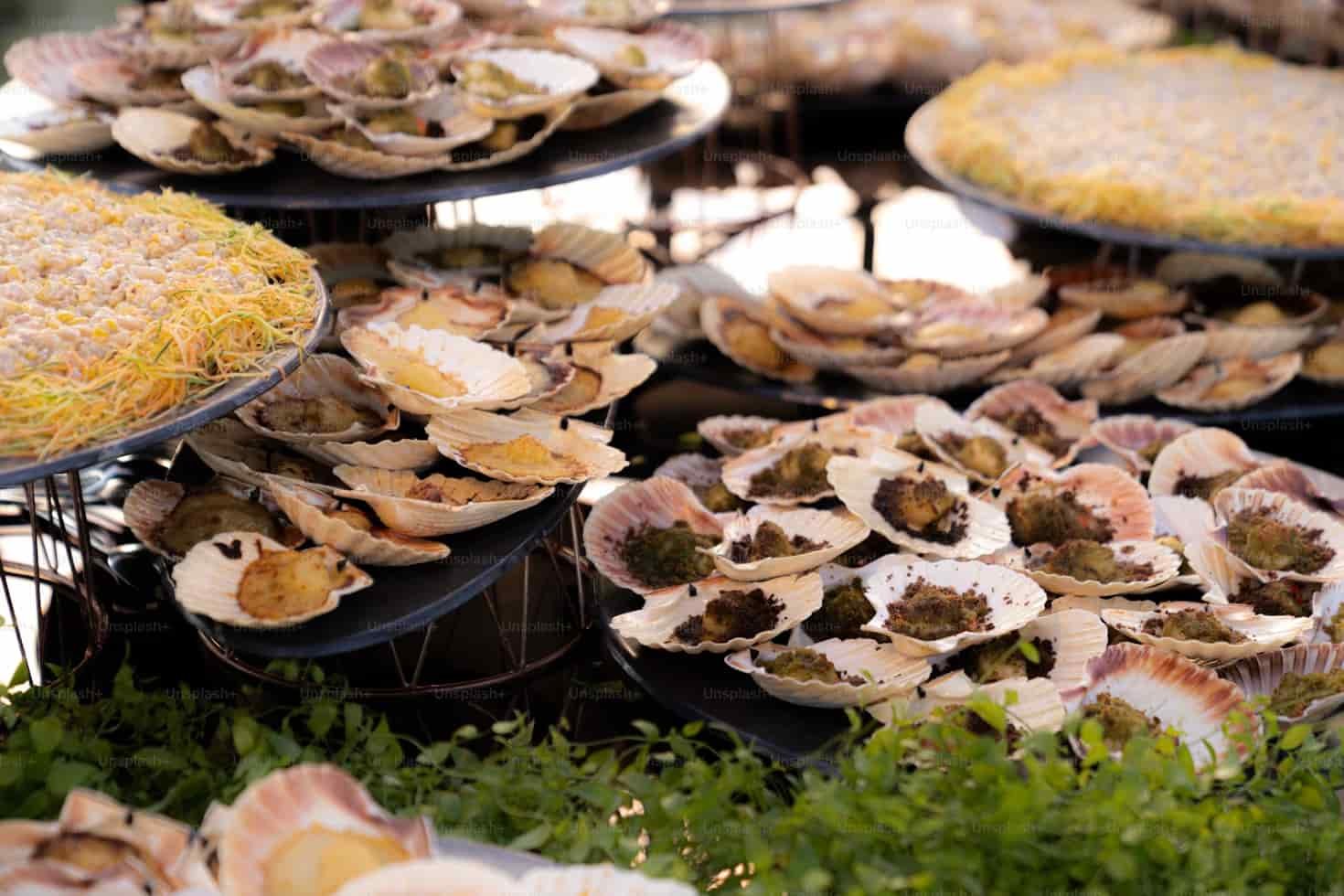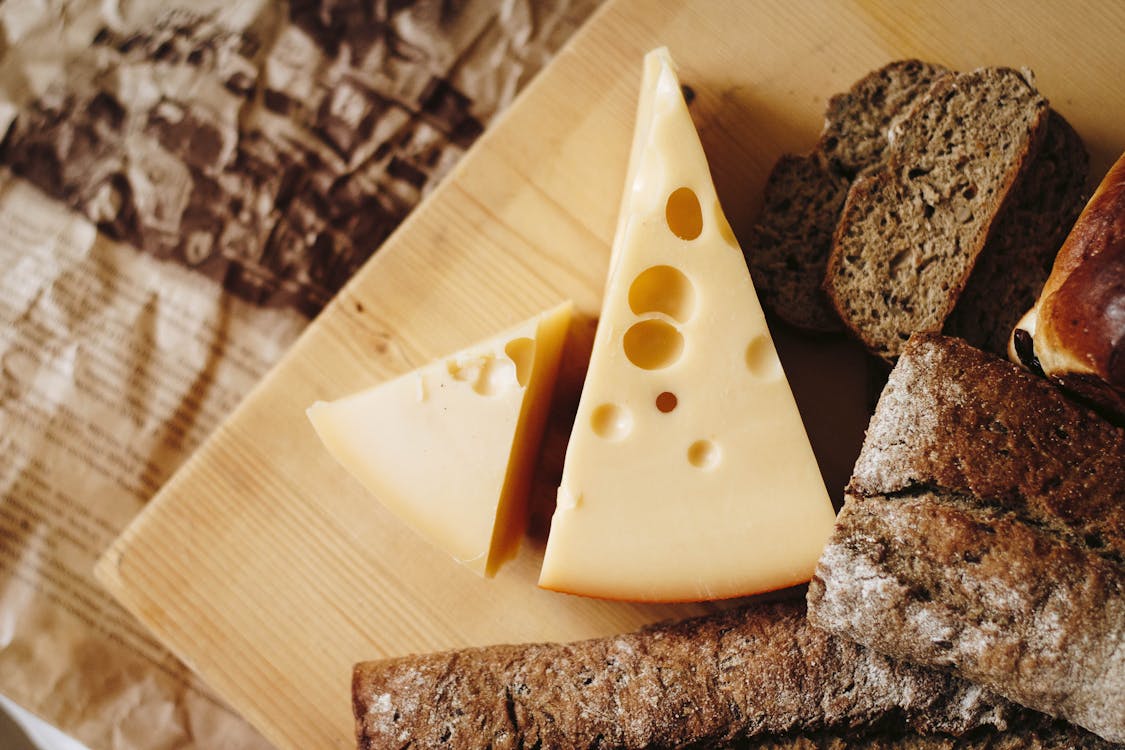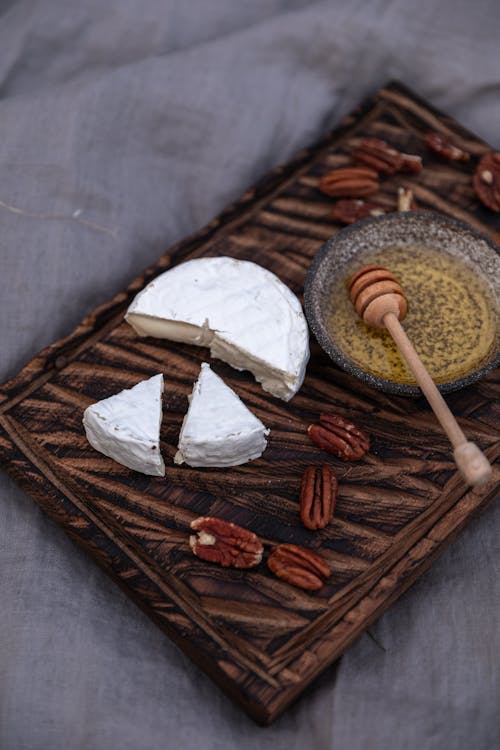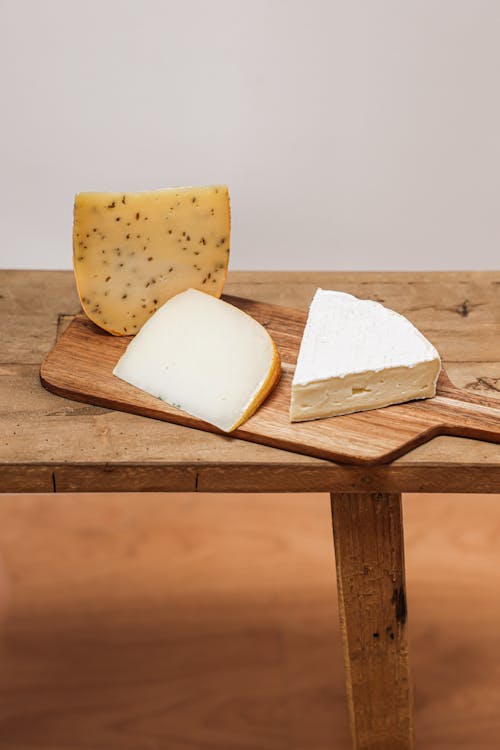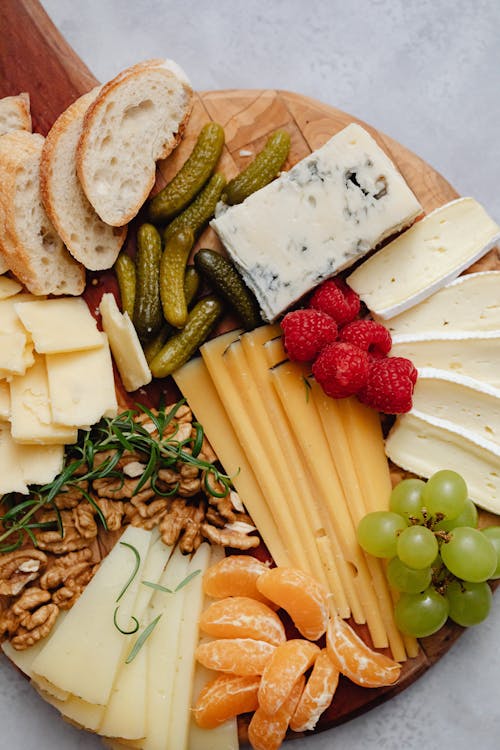Are you here to explore the best cheeses in Portugal? If so, then it is a must to say that your taste in food is admirable. There is no doubt that your craving for the unique and delicious flavors of cheese brings you here.
You will be thrilled to know that Portugal is a wonderland of cheese, and you will find a variety of the best cheeses in Portugal. For a little zone of land, there is a large collection of options, even in the best cheeses in Portugal, both from the mainland and Atlantic islands.
There is a good deal for you to discover, from well-known and the best cheeses in Portugal, you may get in the shopping centers or small bakery shops. You will only be able to come across these sources of the best cheeses in Portugal locally, in local food markets, or in specially designed stores.
The good news is that there is no shortage of excellent Portuguese wine to mix with cheese, which is one of the greatest combinations of meals in history—to wash it all down!
Are you excited to visit Portugal? Then, never forget to check out some samples of the best cheeses in Portugal and explore its culinary delights. Give yourself a chance to get greetings in Lisbon and show you the best cheeses in Portugal and the many other flavors this country has to offer!
When you go to Lisbon, you must visit cheese stores that are popular for offering the best cheeses in Portugal. Some of these shops that give you a chance to taste the best cheeses in Portugal are Queijaria in Príncipe Real or Manteigaria Silva, which has sites in Time Out Market and Rossio if you want to explore more.
So without more delay, let’s move to some of the best cheeses from Portugal:
What are the 10 Best Cheeses in Portugal?
So, cheese lovers! Hold on with your excited tastebuds because it’s time to get ready to have a treat with the best cheeses in Portugal. Here are 10 samples of the best cheeses in Portugal:
1. Serra da Estrela Cheese
There is no doubt that Serra da Estrela is the most popular of the best cheeses in Portugal. The source of this cheese is the tallest peak in central Portugal, where pastoral husbandry has always been practiced.
Thistle flower is used to curdle the milk required to make the raw milk cheese, which is regarded as a vegetarian cheese. The sheep that produce the milk graze here. The surprising thing about Serra da Estrela cheese is that it is still prepared by hand today.
Moreover, as it is a product of the European Union with PDO (Protected Designation of Origin) designation, it must adhere to certain regulations.
The cheese Sierra da Estrela requires at least of thirty days to get matured. The most common type is soft and buttery, although it can be cured until it is hard (search for Queijo Serra da Estrela Velho).
It would be impossible to cut into slices, in reality. Rather, professionals usually make an incision in the surface of the cheese ball and remove its oozy interior to spread it on toast or bread. You can expect a creamy texture, and a powerful, enduring flavor from it that makes it the top of the best cheeses in Portugal.
If you want something to pair with the cheese, go well with a dry white wine. This kind of wine will go well with the strong flavor and saltiness of the cheese. In addition to this, sweet late-harvest white wines taste very good with Serra da Estrela cheese.
2. São Jorge Cheese
The natural scenery, verdant pastures, and grass-fed cattle of the Atlantic archipelago of the Azores are well-known. In addition to producing premium beef, Azorean cows and the indigenous skills of humans are the source of Queijo São Jorge, the most sought-after among the best cheeses in Portugal.
This is a firm-consistency dairy cheese that has been cured at room temperature. As with Parmigiano Reggiano from Italy, for example, the more mature types are usually the most prized, even though it is typically cured for at least three months.
The price of this PDO Azorean specialty increases with the length of cure, but the flavor-packed crystals that form inside are well worth the cost.
Queijo de São Jorge which is one of the most beloved and the best cheeses in Portugal has been produced in the Azores since the 15th century. At the times, when it doesn’t receive a seal of certification from the PDO, it is simply referred to as queijo da ilha which means, island cheese.
Even if there are many other varieties of the best cheeses in Portugal when you say this name, the people of the Azores will understand instantly what cheese you mean to say.
If you want to taste São Jorge in the best of its flavor, try it with red wine aged in oak barrels.
3. Rabaçal Cheese
This semi-solid white cheese comes into origin from the mixture of the milk of sheep and goat when it is fermented with the help of rennet. This PDO cheese is prepared in the town that gives it its name, Rabaçal, which is located near Coimbra.
Its distinct appearance of little holes makes it a distinctive specialty on Portuguese tables, but its flavor is what really makes it stand out. The aromatic rosemary herbs that the goats and lambs in the Rabaçal region graze on impart a unique scent to the milk and, as a result, to the completed cheese, which is cured for a minimum of twenty days.
Select a wine from the same region to get a flavor of the interior of Portugal. Bairrada red wines are a fantastic choice!
4. Transmontano Goat Cheese
Queijo de Cabra Transmontano is a PDO cheese and is known as among the best cheeses in Portugal. The only item that can be used for its preparation is unboiled milk from the Serra breed of goats.
Anticipate a strong white cheese with a somewhat firm texture that is aged for a minimum of sixty days at a moderately low temperature. The youngest type of cheese is semi-curado, whereas velho refers to a tougher cheese that is often matured for two years or more and is frequently rubbed with paprika or olive oil.
This goat cheese from Trás-os-Montes, a hilly region in northern Spain, has a strong scent, a clear flavor, and a somewhat peppery aftertaste. Best consumed with rye bread, as is customary in the areas where it originated.
Go with a Trás-os-Montes red wine. This area grows a number of grape varietals, such as Mourisco Tinto, Touriga Nacional, Bastardo, and Malvasia Preta.
5. Évora Cheese
This cheese originates in Évora, which is located in the Alentejo area of southern Portugal, as its name implies. Raw Merina Branca sheep milk from the area is used to make it. No other breed may be utilized in the process because this is a PDO cheese.
Thistle flowers are put to milk that has been heated over a wood fire to cause it to curdle. Queijo de Évora is available in semi-hard and hard types, each cured for thirty to ninety days, and packaged in 300-gram tiny cheese wheels.
The flavor of this cheese is somewhat like vinegar, and the harder, more mature types have a stronger flavor. It is traditionally kept in ceramic bowls with olive oil.
This cheese needs a well-structured wine to pair with it because it is full-bodied. Fortunately, Alentejo is one of the most successful wines of the areas of Portugal, so there are many white and red alternatives to explore.
6. Azeitão Cheese
Just like Queijo da Serra, Azeitão cheese is one of the best cheeses in Portugal. When you blend sour, salty, and slightly spicy flavors, you could call it a complex cheese. If you go back to 2014, it was declared as one of the 50 best gastronomic products in the world at the Great Taste Awards.
PDO Azeitão cheese is prepared from raw milk of sheep, which is dried until it reaches a semi-hard yet buttery consistency. It is best suited to be spread rather than cut into slices. It is made in the counties of Palmela, Sesimbra and Setúbal, which are very close to Lisbon.
You can make the contrast of the sour taste of the cheese with a fresh white wine. For an even more luxurious experience, pair Queijo de Azeitão with an aged Moscatel de Setúbal.
7. Nisa Cheese
If you enjoy unique milk cheeses of sheep, you have probably already realized how amazing a place Portugal is to visit and sample! Thistle infusion curdles another raw milk cheese, called Queijo de Nisa from the upper Alentejo region.
It develops during the course of two separate stages. At a lower temperature in the beginning and a slightly warmer temperature in the second stage, not to exceed 14ºC. Once the cheese has cured for one to two months, it takes on a semi-hard and slightly yellow appearance. It has a strong flavor and an acidic aftertaste.
Nisa cheese is included in the list of the best cheeses in Portugal due to its high quality and the fact that its preparation has remained completely artisanal.
It is nice to contrast the cheese with a full-bodied wine and enjoy the rich taste of Nisa cheese.
8. Terrincho Cheese
The sheep named Churra da Terra Quente gives the milk that is used to prepare Terrincho cheese. It is one of the best cheeses in Portugal that hasn’t been made for much longer than one hundred years.
There are two types of Queijo Terrincho available: semi-hard and hard. For a more robust and flavorful cheese, try Terrincho Velho.
9. Castelo Branco Cheese
Thistle flower is used to curdle raw sheep cheese. While the outside of the younger kinds becomes yellow after 45 days of curing, the center of the cheese stays white. The cheese known as Queijo de Castelo Branco Velho is made firmer, darker, and spicier by curing it for a minimum of ninety days.
The sheep in the Castelo Branco region were only utilized to produce wool until two centuries ago. But since the area began making cheese, mostly to supply the larger Lisbon region, this has grown to be one of the most respected cheeses in the nation.
Pick a white wine from Beira Interior to show your support for the native region of cheese. White wine is a good match for young Castelo Branco cheese. You can notice that red wine will work best for you if you are sampling the matured sort, velho.
10. Pico Cheese
Given that the Azores are known for their superior dairy products, Queijo de São Jorge isn’t the only well-known cheese from the region. Although the Portuguese archipelago produces a wide variety of other excellent cheeses, Pico cheese is one that should not be overlooked.
This PDO cheese is as unique as most of the food items that come from the little island of Pico, which is home to Portugal’s highest mountain. This is a rather fatty, semi-soft raw cow milk cheese with a distinctly salty, delicious flavor.
Use this as an opportunity to learn more about the unique characteristics of Pico wines if you are enjoying some delicious Pico cheese. What is perhaps the most distinctive wine area of Portugal is the volcanic soil of Pico Island surrounded by the saltiness of the Atlantic Ocean!
FAQs
Q1. What cheese is made from goat and sheep milk?
Meredith Dairy Sheep & Goat Cheese which is made in Australia, is a savory, marinated feta-style cheese made from a blend of milks. It is regarded as one of the best cheeses by many cheeseheads, and the residual oil that is used to marinate the cheese may be used in a variety of recipes.
Q2. What is the most popular cheese in Portugal?
One of the best cheeses in Portugal is Queijo da Serra. This cheese is made in Serra da Estrela, a pastoral area and the highest peak in mainland Portugal, as its name implies. Thistle blossoms are curdled in sheep milk to make it.
Q3. What is the salty Portuguese cheese?
The taste and texture of Serra da Estrela cheese are quite intense and salty. Definitely one of the best cheeses in Portugal! Despite their many similarities, Azeitão and Serra da Estrela cheeses should not be confused with one another.




